SUMMARY
This is AI generated summarization, which may have errors. For context, always refer to the full article.
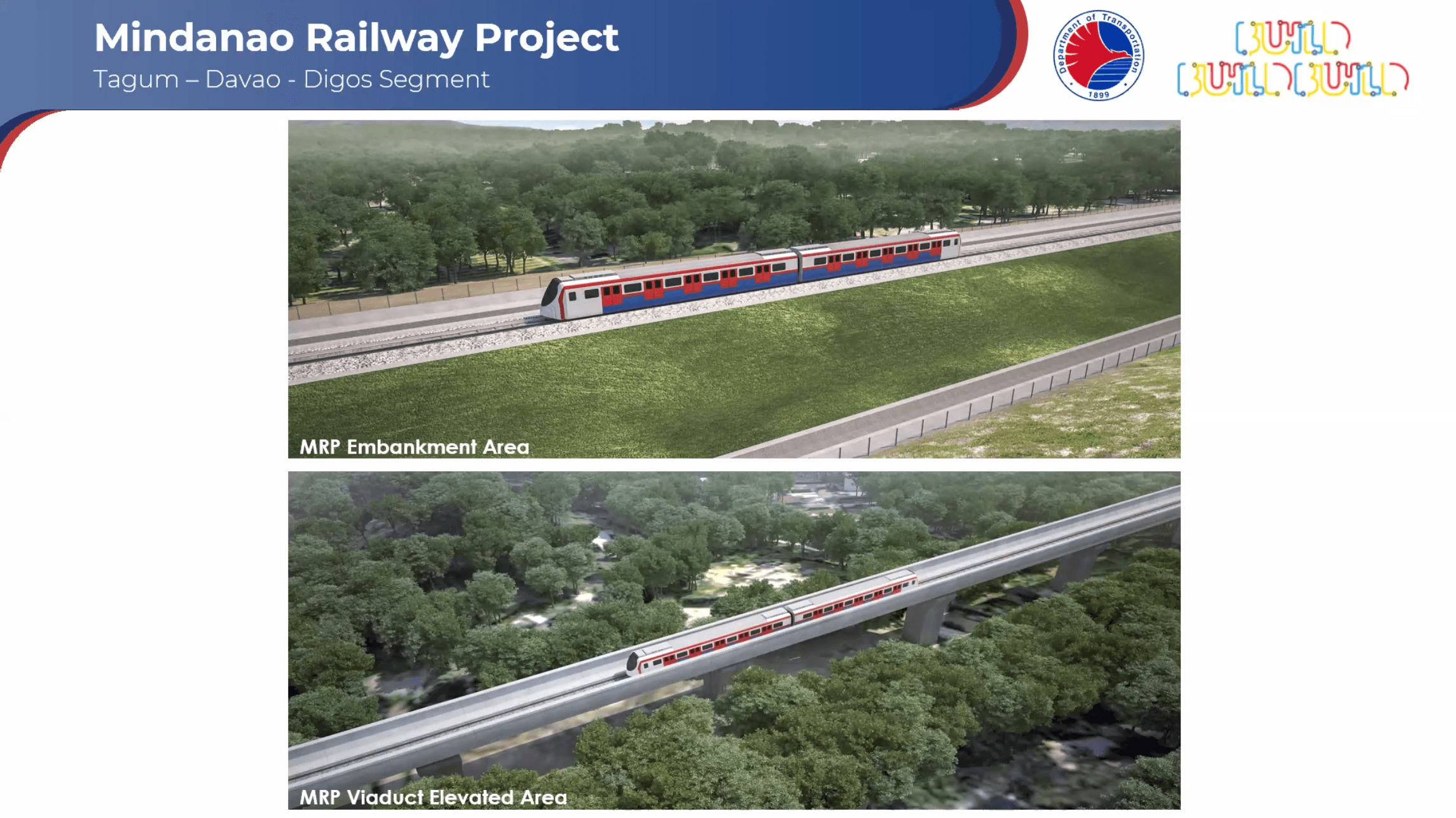
President Rodrigo Duterte repeatedly promised to give Mindanao a railway system when he campaigned for the presidency in 2016, and during the early days of his administration. Now in his last full year in Malacanang, Mindanaoans have yet to see the government putting in place a single track.
Duterte is not the first president to think of linking key areas in Mindanao through a railway system. The first was President Manuel L. Quezon during the Commonwealth period, said Kagay-anon anthropologist and local historian Antonio Montalvan II.
The promise, Montalvan said, was repeated over and over again by different administrations for years.
The promise was made more pronounced in the 1990s, even by former President Joseph Estrada, and by 2010, the government established the Mindanao Railway Project Office (MRPO) in Cagayan de Oro City under the Philippine National Railways (PNR).
But no president ever promised to turn the Mindanao railway dream into reality the way Duterte did during his campaign, and in his speeches right after his election. Mindanao, seeing the first Mindanaoan calling the shots in the “Manila-centric” government, cheered, naturally.
“Hindi ako nagyayabang pero totoo talaga ‘to. Well, depende sa federal. But six years, lalabas talaga ito (I’m not bragging but it’s really true. Well, it depends [on the plan to shift to] federalism. But in six years, this will really be fulfilled). I assure you because it’s going to materialize: Rail projects, the Davao Transit System, the Cebu Transit System, the North and South Luzon Railways, and the Panay Railways project,” Duterte said in his 2016 State of the Nation Address (SONA).
The plan was to spur Mindanao’s economic development by linking the key cities of Davao, General Santos, Cagayan de Oro, Iligan, Butuan, Surigao, all the way to Zamboanga in southwestern Mindanao.
But Mindanao is not likely to see the promise getting fulfilled during Duterte’s six-year term, said Cagayan de Oro 2nd District Representative Rufus Rodriguez, who pointed out that a feasibility study on the project was just about to start.
Original plan ditched
Originally, the first phase of the planned railway system was to be in Northern Mindanao, traversing coastal areas in Iligan, southwest of Cagayan de Oro, up to Gingoog City in Misamis Oriental in the northeast.
Based on that plan, the 2,000-kilometer Mindanao railway system would be constructed in six phases.
The first phase of the project was supposed to include the construction of a 124-kilometer circumferential railway system from Jasaan town in Misamis Oriental, to Linamon town in Lanao del Norte, traversing the Misamis Oriental towns of Lugait, Manticao, Naawan, Initao, Liberated, Gitagum, Laguindingan, Alubijid, Opol, and El Salvador City.
After that, the Northern Mindanao segment was supposed to extend to Nasipit, Agusan del Norte province in the Caraga region, passing through Gingoog City in Misamis Oriental.
But five years after Dutere’s version of the promise, the Mindanao Railway System project has yet to take off with the original plan being ditched – the first phase was moved from Northern Mindanao to the Davao region.
‘Novelty’ vs reality
Now, the Department of Transportation (DOTr) said the first phase of the project would be a 102-kilometer stretch from the cities of Tagum in Davao del Norte, Davao, and Digos cities in Davao del Sur.
The first phase of the construction, based on the revised plan, was supposed to start in the third quarter of 2018 at a cost of P35.91 billion.
It was supposed to have eight stations in Tagum, Carmen, Panabo, Mudiang, Davao Terminal, Toril, Sta. Cruz, and Digos.
Montalvan said the promise of a Mindanao railway has remained “a novelty only because it is a dream that has remained unfulfilled.”
Duterte, according to Montalvan, grabbed the credit by projecting himself as an “ingenious maverick who came up with the idea,” but the fact is, the dream of a Mindanao railway is over eight decades old.
Montalvan said the planned Mindanao railway project first crossed the minds of then-president Quezon and former governor general Francis Burton Harrison who served as an adviser to the Philippine government in the 1930s. That was 85 years ago.
He cited 1936 entries in Harrison’s diary where Harrison wrote about Quezon’s plan, and that the latter was set on constructing an electric railway to link Davao and Cagayan de Oro, then known as Cagayan de Misamis, with power to be sourced from the Maria Cristina Falls in Iligan. The Iligan power plant was commissioned in the early 1950s, after the war, and about two decades after Quezon had thought of it.
Most sensible plan
Geography-wise, according to Montalvan, the pre-Duterte administration plan was the most sensible and realistic.
He pointed out that Mindanao’s heart is Bukidnon and the coastal access of Northern Mindanao.
He said Northern Mindanao is strategically located that its regional center, Cagayan de Oro, is where buses come and go to all key cities in the Zamboanga Peninsula, Caraga, and the Davao region, the same areas that can be served by a railway line.
Montalvan said there are no bus trips from Davao City all the way to the Zamboanga Peninsula, and Cagayan de Oro in Northern Mindanao is the farthest destination for buses from Southern Mindanao.
This is because “Davao is not the geographical center of Mindanao that is accessible to all regions,” and moving the first phase of the project from Northern Mindanao to the Davao region only delayed it further, Montalvan said.
Root of delay?
The big-ticket infrastructure project has already seen four presidents come and go. Since its conceptualization in 1992, the much-needed railway network was either delayed or discontinued by the country’s chief executives with the exception of Duterte.
In 2018, then-Transportation Assistant Secretary Mark Tolentino claimed in a press conference that “higher-ups” were in effect “derailing” the flagship project by deciding to borrow funds for the whole project, or through a loan agreement with China.
Duterte sacked Tolentino a week after he held what the DOTr had called an “unauthorized” press conference, for an unrelated incident – allegedly “dealing” with one of his sisters for a government contract.
The DOTr had denied Tolentino’s claim and reiterated at the time – May 2018 – that the project was “on track and on schedule,” particularly Phase 1’s completion in 2021.
To date, however, the Philippines has yet to sign the loan agreement with China – which Tolentino had earlier predicted would delay the project. In February, the DOTr said the target project operability date was moved to March 2022, but even that is not certain, given that the DOTr would have to finalize the loan agreement with China, complete the detailed engineering design, and construct the initial train stations.
The loan process with China differs from the usual process with other countries, as the government needs to seal agreements with contractors first before the loan is approved.
Build, Build, Build under Duterte
Notwithstanding delays in the Mindanao railway project, others saw the “Build, Build, Build” program as an area where the Duterte administration delivered insofar as Mindanao was concerned, in the last five years.
Davao-based civic leader Wenifredo Gorrez said Duterte was on the right track in steering the economy in Mindanao which received a significant share of the national government’s Build, Build, Build program.
Gorrez believed that if not for the COVID-19 pandemic, Mindanao and the entire country “would be in the best economic standing in the Asia region.”
“But economied all over the world was hit hard by this pandemic,” he said.
In Zamboanga City, Councilor Juan Climaco Elago said his city and the Zamboanga Peninsula region felt the effects of Duterte’s Build, Build, Build program in terms of school, road, bridge, and bridge constructions, projects that the region also saw in the past administrations.
Elago credited the Duterte administration for the ongoing construction of the P15-billion international airport (ZIA) in Barangay Mercedes in Zamboanga City. The Department of Public Works and Highways (DPWH) started work on the ambitious project early this year.
Compared to the National Capital Region and its neighboring areas, and Cebu, Elago said, Zamboanga City remained a “minor player” in the Duterte administration’s Build, Build, Build program, but “the overall effect gave Zamboanga a developmental push towards a more modern city.”
“Despite being left short by other key cities, Zamboanga was able to get a small piece of the action,” Elago said. – Rappler.com
Add a comment
How does this make you feel?
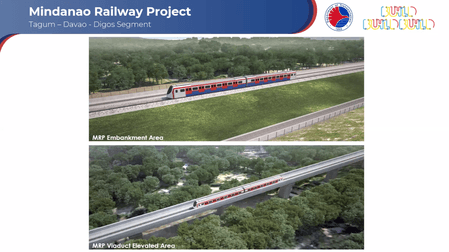
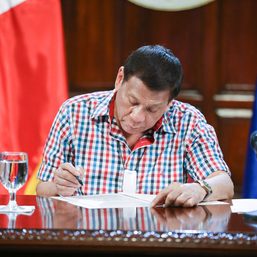
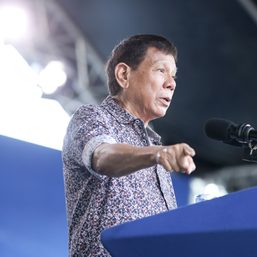
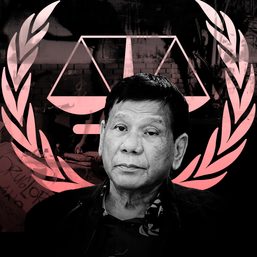
![[PODCAST] Seat of Power: Jess Dureza on how Duterte leads the Cabinet](https://www.rappler.com/tachyon/2021/07/seat-of-power-podcast-artwork-final-14.jpg?resize=257%2C257&crop_strategy=attention)
![[OPINION] Rodrigo Duterte and his ‘unconditional love’ for China](https://www.rappler.com/tachyon/2024/04/rodrigo-duterte-xi-jinping-august-2019.jpeg?resize=257%2C257&crop=91px%2C0px%2C900px%2C900px)



![[The Slingshot] Lito Patay’s 4 hours and 38 minutes of infamy](https://www.rappler.com/tachyon/2024/07/Lito-Patay-4-hours-infamy-July-19-2024.jpg?resize=257%2C257&crop=233px%2C0px%2C720px%2C720px)
There are no comments yet. Add your comment to start the conversation.